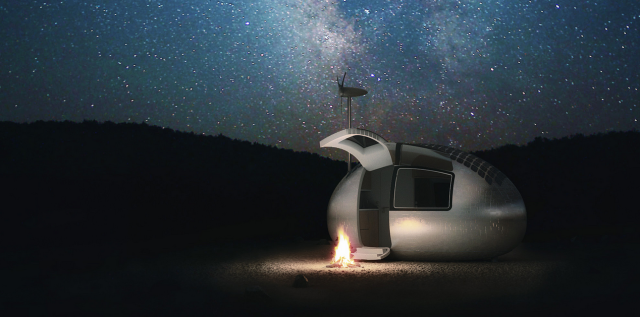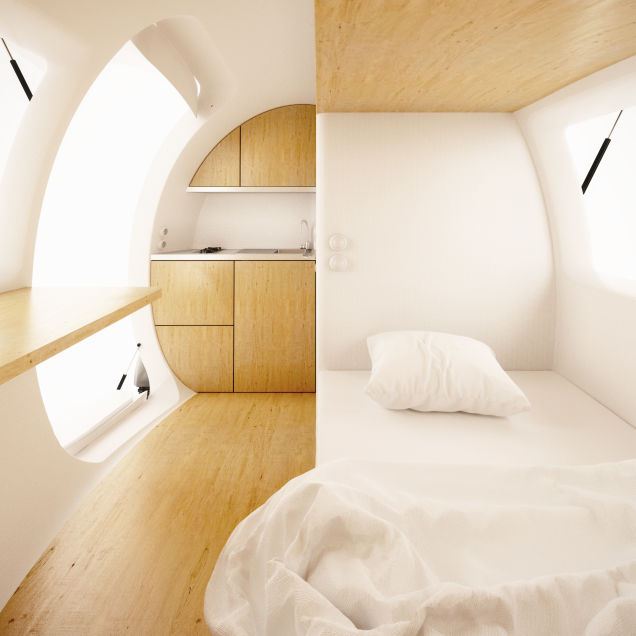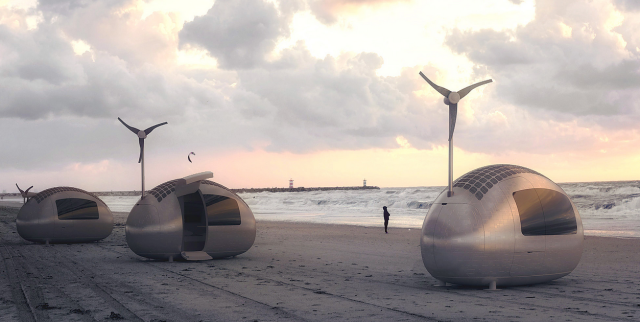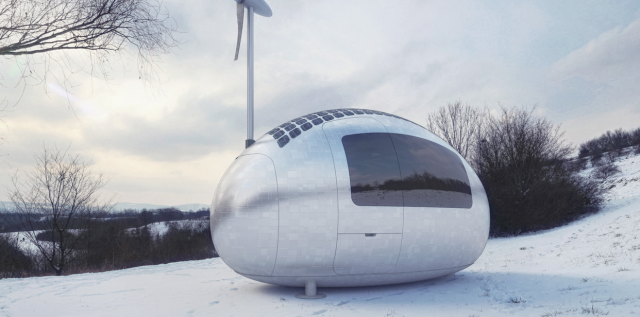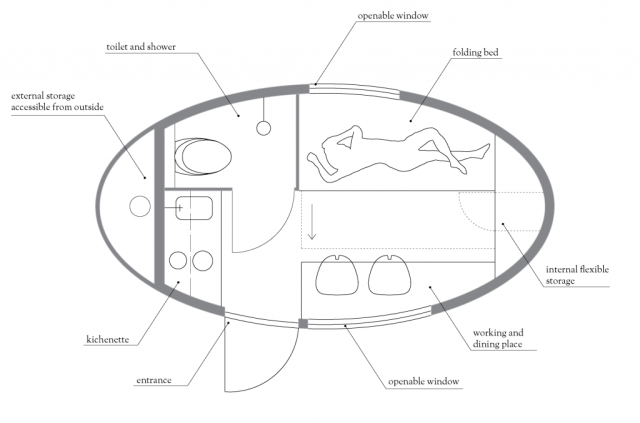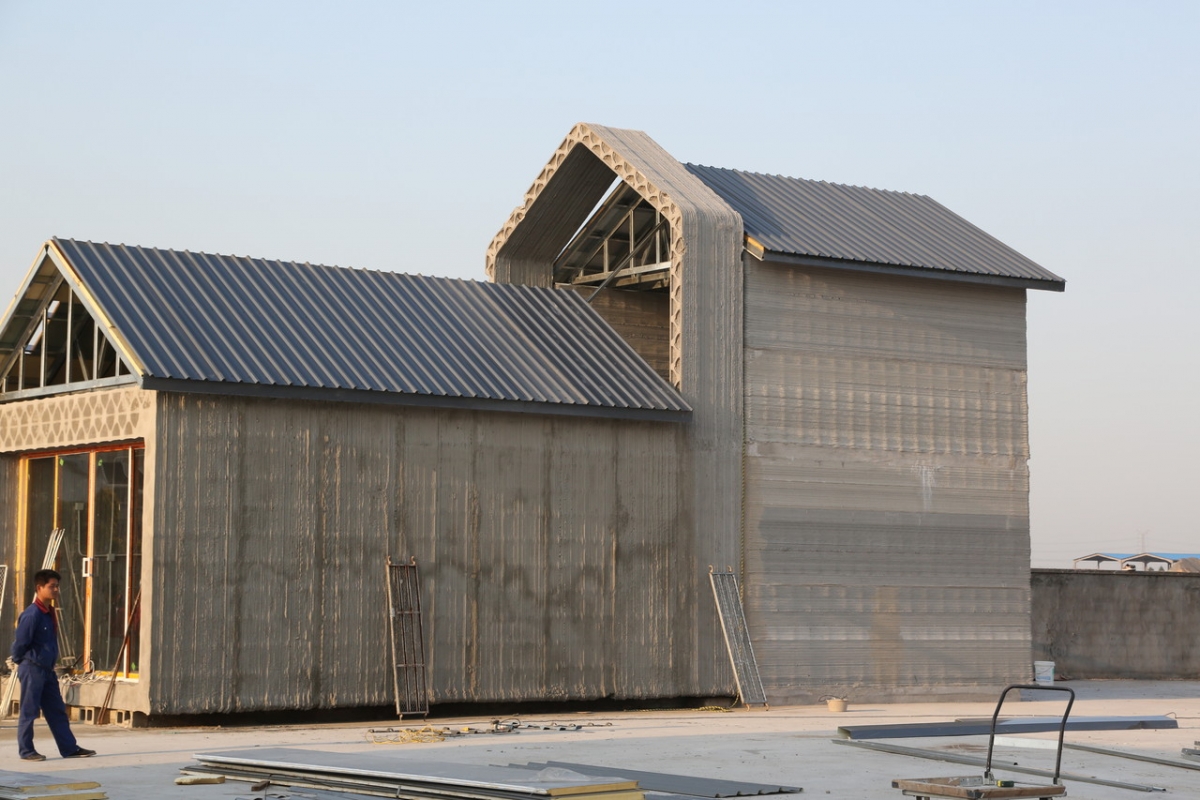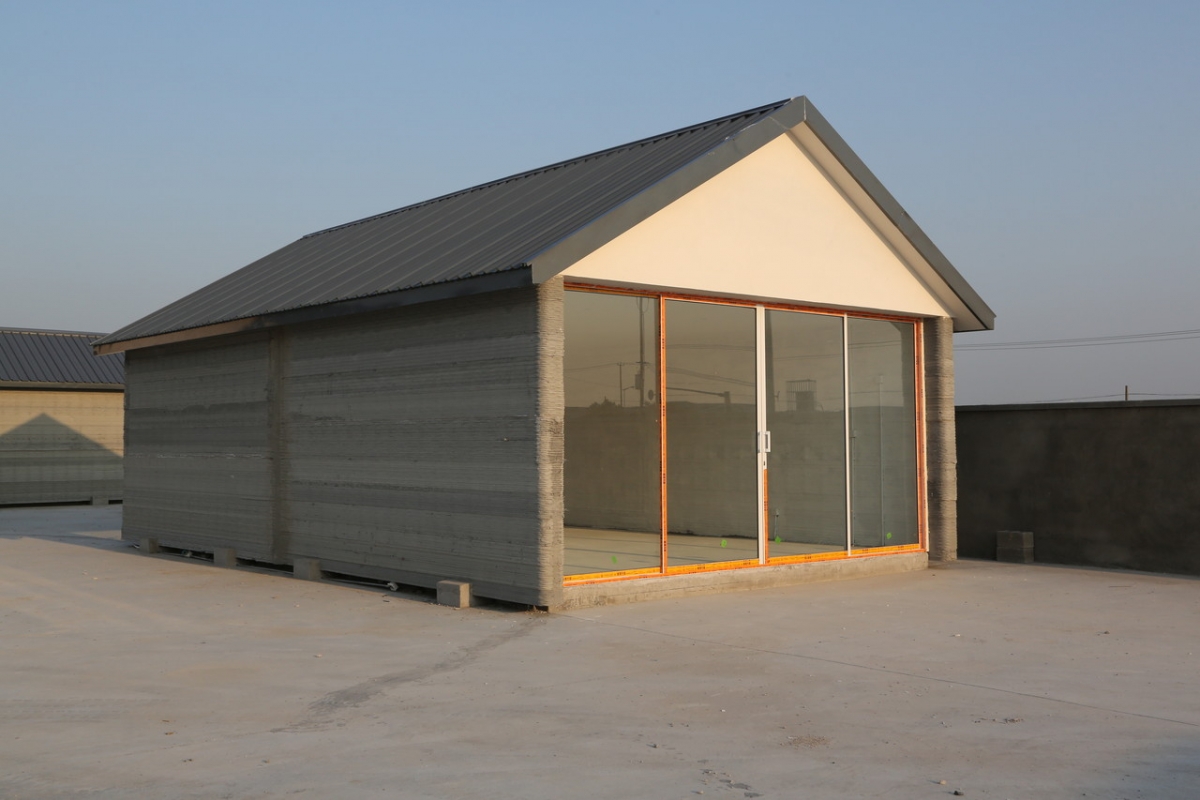The Supreme Court may have dealt a crushing blow this week to President Barack Obama’s efforts to curb climate change, but all is not lost.
Microsoft co-founder and billionaire philanthropist Bill Gates announced plans to spend up to $2 billion on innovative renewable technologies over the next five years. In an interview with the Financial Times ( paywall), Gates said he hopes to “bend the curve” through the cultivation of “breakthrough” technologies, doubling an already impressive billion-dollar investment. He has so far written checks to 15 green companies, he said, and has contributed venture capital funds to another 30.
In the interview, Gates calls for far greater funding for renewable research, saying investment “should be like the Manhattan Project and the Apollo Project in the sense that the government should put in a serious amount of R&D.” He pointed to the drawbacks of now-commonplace technologies like solar, which can only provide power during the day.
“There’s no battery technology that’s even close to allowing us to take all of our energy from renewables and be able to use battery storage in order to deal not only with the 24-hour cycle but also with long periods of time where it’s cloudy and you don’t have sun or you don’t have wind,” he said.
Despite the recent Supreme Court ruling that undercut the Environmental Protection Agency’s regulation of mercury and other toxic emissions from power plants, the U.S. has been making strides in the fight against climate change.
The Huffington Post’s Kate Sheppard notes the EPA is finishing up rules that would limit greenhouse gas emissions from new and existing power plants, which should be finalized in the coming weeks. And the president has come out swinging against the warming phenomenon, citing the hazards against American’s health and a risk to national security.
Renewable energy is expected to draw trillions in investment over the next quarter century, but the Bill and Melinda Gates Foundation has come under fire before for some aspects of its climate activism.
The Guardian notes the Gates Foundation has yet to announced any plans to divest its portfolio from fossil fuels, despite similar moves from the likes of the Rockefeller Brothers Fund and the government of Norway. The Gates Foundation has $1.4 billion invested in fossil fuel companies including BP, according to 2013 tax filings.
You can read Gates’ entire interview at the Financial Times.





